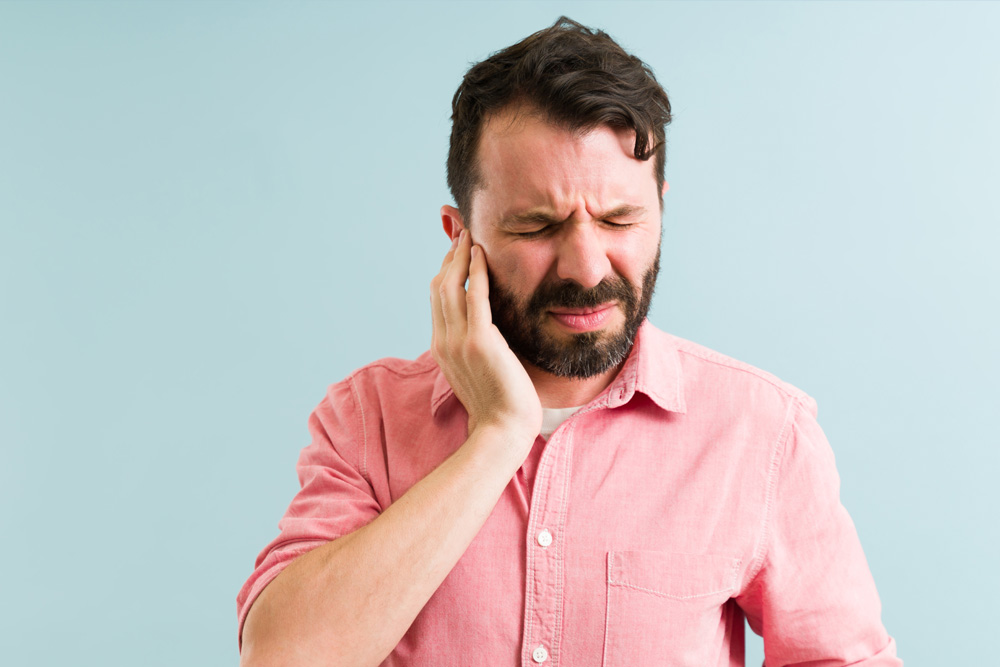In recent years, the vagus nerve has taken centre stage, appearing actively on social media platforms. Influencers claim it holds the key to reducing anxiety, regulating the nervous system, and promoting relaxation, sparking a trend seen in countless TikTok and Instagram posts with hashtags like “#vagusnerve” amassing millions of views.
These posts often share methods for “toning” or “resetting” the vagus nerve, ranging from ice water baths, ice packs, and massages to eye exercises and deep-breathing techniques. Capitalizing on this social media trend, wellness companies offer products like “vagus massage oil,” vibrating bracelets, and pillow mists, claiming to stimulate the vagus nerve, despite lacking scientific endorsement.
Research Insights:
While researchers acknowledge the potential mood-enhancing benefits of electrical stimulation through electrodes, the question remains: can the vagus nerve be activated non-invasively, and who would benefit the most from such interventions?
Our body relies on the autonomic nervous system, comprised of the sympathetic and parasympathetic systems, working in tandem to maintain homeostasis. The sympathetic system acts as the body’s accelerator, triggering the fight-or-flight response, while the parasympathetic system promotes relaxation and restoration.
Vagus Nerve’s Crucial Role:
The vagus nerve, a key component of the parasympathetic system, serves as a communication conduit between the brain and the gut, relaying crucial information about the body’s status. It instructs organs to slow down for rest-and-digest activities or prepare for the fight-or-flight response during stressful situations.
The vagus nerve plays a vital role in the gut-brain connection, forming a neuroendocrine-immune axis. This axis influences the body’s response to inflammation, with the vagus nerve modulating immune responses, especially in the presence of threats such as pathogens.
LMNT and Vagus Nerve Stimulation:
Dr. Lajpatrai Mehra’s Neurotherapy (LMNT) has successfully treated digestive disorders by employing specific techniques that stimulate the vagus nerve. These methods involve a precise sequence of stimulating points behind the ears. Contemporary research is also exploring devices for vagal stimulation through these ear areas.
LMNT’s documented success extends to inflammatory disorders and gut health, effectively addressing conditions like irritable bowel syndrome (IBS), autoimmune diseases (psoriasis, rheumatoid arthritis, multiple sclerosis), and neurodegenerative disorders (Alzheimer’s). By optimizing vagus nerve function, LMNT enhances digestive organ efficiency, offering a promising avenue for holistic well-being.






